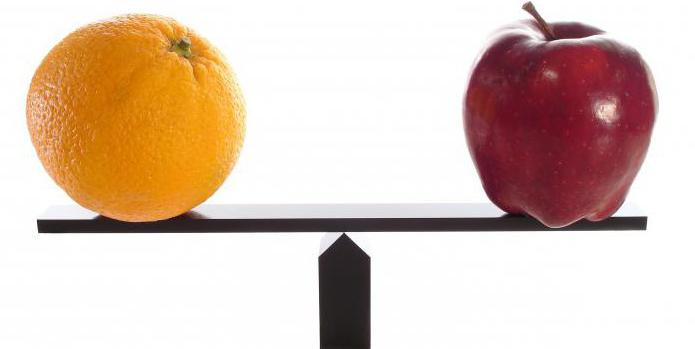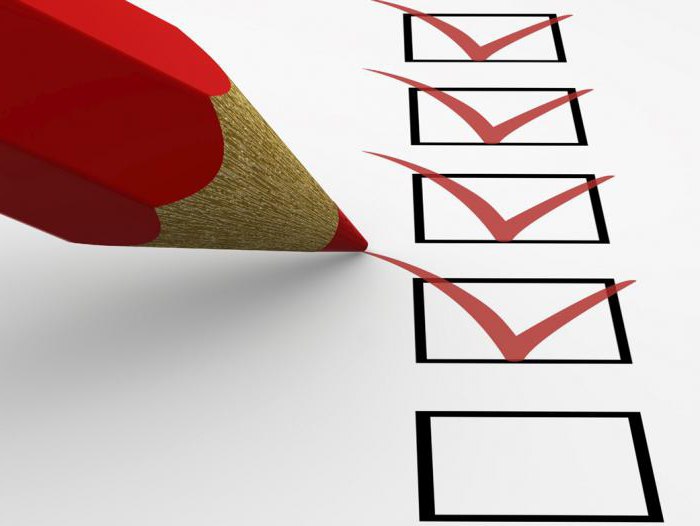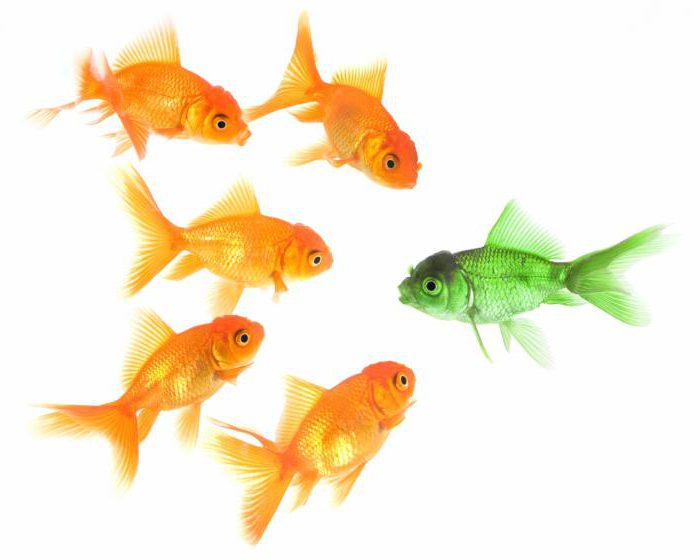The comparative method is one of the most common in various sciences. In many areas of human activity, the need arises for optimal choice. This takes into account all the characteristics of the studied objects, as well as their comparison according to the necessary criteria.
Comparison as a way of knowing
Comparison is one of the main methods of cognition of the surrounding reality. The basis of this method is quite simple: the definition and comparison of individual phenomena of a social, economic, political or other nature in order to detect distinctive similarities and differences.

Based on the comparison, a conclusion is made of a justified or presumptive nature about the homogeneity of phenomena, the similarity of their content, general orientation, etc. This allows the use of data about one object when studying another. If, during the course of the study, some discrepancies were found, then this allows us to indicate the peculiarity, specificity and uniqueness of one phenomenon or object in relation to another.
Concept and categories of comparative analysis method
The method of comparative analysis originates from such a general scientific method as analogy. However, unlike the latter, the comparison foresees the use of elements of other methods, including analysis, methods of thinking, modeling, synthesis, induction, deduction, etc. The main purpose of the comparison is to obtain new facts not only from the various properties of the objects or phenomena being compared, but also to analyze their various interconnections. Based on this, a general tendency can be drawn up for their subsequent functioning and development.
The methods of the comparative approach lead to the fact that already existing views on certain phenomena and facts can be reviewed. When comparing, features that are specific to a particular object or phenomenon, however, were not previously known to researchers. Thus, the comparison contributes to a deeper study and knowledge of objects and phenomena, as well as the search for their distinctive features and differences at different levels of research.
Benchmarking mechanism
The comparative research method has its own mechanism, which includes the following components:
- General scientific methods. This includes: analogy, induction and deduction, analysis and synthesis, etc.
- Logical apparatus. An extensive category system that is used in comparison and analysis operations. Each object or phenomenon has its own system of categories.

Particularly noteworthy is such a variation of the comparison method as segmentation. Its essence lies in the fact that information about an object or phenomenon is divided into separate parts - segments, which are subsequently subjected to research. Moreover, the comparison can be carried out according to different criteria, in particular, the historical-comparative method is often used where the object is studied not only in comparison with other objects, but also in comparison with itself at different time stages.
Segmentation as one of the methods of comparative analysis involves the study of not only the characteristics of the individual elements of a particular object or phenomenon, but also the nature and trends of its functioning and development within the framework of the whole.
Stages of comparative analysis and forecasting
A comparative method for assessing objects and phenomena anticipates the implementation of research at several levels:
- Collection and processing of all information received. Moreover, all data must be objective, accurate and provable.
- Systematization of information. All data must be divided into different categories and give the collected material a structural look.
- Interpretation of the data. Based on the analysis and comparison of information, specific conclusions are made.

With the correct implementation of these steps, the researcher can formulate a rationale for the forecast. The simplest forecasting method is direct comparison of information about an object or phenomenon at different levels, for example, in different regions, countries, etc. The second forecasting method anticipates the development of specific hypotheses, supported by real facts.
Benchmarking Rules
A comparative research method will be effective only if all the rules for its implementation are observed:
- Making comparisons at different levels using analogy, system-historical analysis and logic.
- The right choice of objects for the implementation of the comparison process.
- Specific goal setting.
- A comparative analysis method should be implemented using specific criteria.
- A clear definition of the signs of the compared objects and phenomena.
- Processing the results of comparison and analysis of the possibility of their application in practice.
All data obtained during the study should be clear, unambiguous and provable.
Types of comparative studies
The comparative method has its own typology. In science, the following types of research are distinguished:
- According to the scope of the study: macro- and microcomparison.
- According to the objectives, practical (or functional) and theoretical (or scientific) research is distinguished.
- According to the level, the study can be intersystemic, intra-systemic, intra-national, historical, intersectoral, etc.

In addition, synchronous and asynchronous comparisons are also distinguished. In the first case, it is a parallel and simultaneous comparison, and in the second case, the comparative method can be applied to objects that are in different time periods.
Pros and cons of the comparative method
The comparative approach has a number of pluses and minuses that the researcher must take into account in his work. As for the positive aspects, they are as follows:
- The method allows you to reflect the actual and real situation in relation to the studied object or phenomenon.
- All data are statistically valid.
- During the study, you can make adjustments to the compared phenomena or objects.
- In the presence of a large amount of information, the method is very simple to implement and gives reliable and reliable results.

The method has its drawbacks:
- At the time of the interpretation of the research results, the data may be outdated.
- The accuracy of the data obtained depends on the stability of the investigated object.
- For reliable and accurate data you need a lot of information.
The ratio of the positive and negative sides of the method determines the effectiveness of its application in each case.
Examples of using the comparative analysis method
The features of the comparison method allow you to use it in a variety of fields, such as:
- Biology and anatomy.
- Linguistics, in particular comparative linguistics.
- Literary criticism and mythology.
- Comparative Political Science.
- Economic sciences.
- Jurisprudence and jurisprudence.
- Psychology.
- Sociological sciences.
- Religious studies.
- Philosophy and others

The comparative method has a number of features that allow it to be used effectively in a variety of sciences. The method has its own classification, typology, as well as the rules and characteristics of the study at different stages. The choice of this method is determined by the availability of the right amount of information and the selection of optimal criteria.








